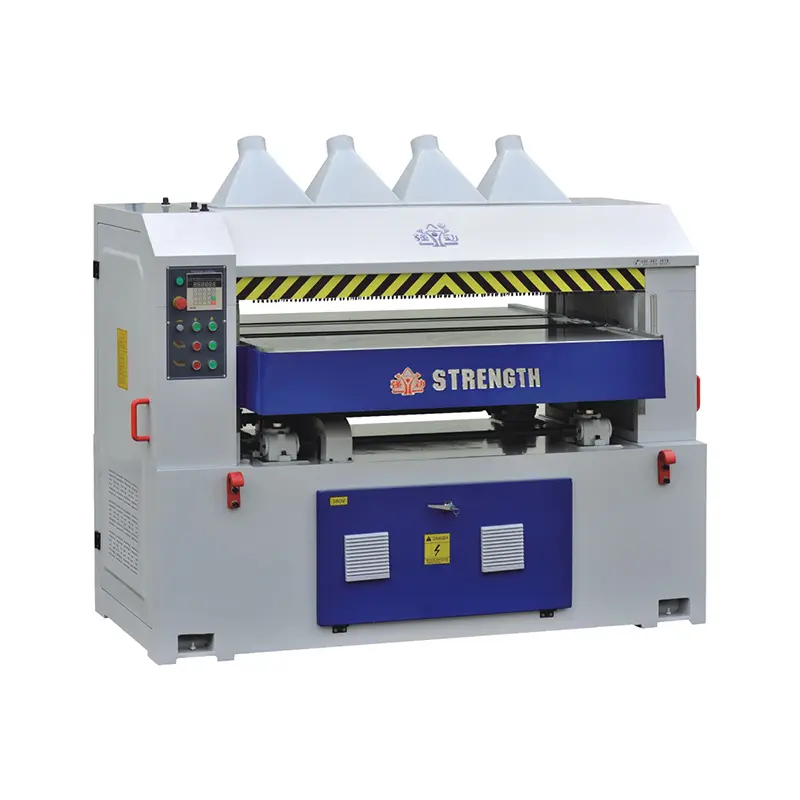Jointers are essential tools in woodworking, used to create a smooth, straight edge on a piece of lumber. However, they can also be dangerous if not used properly or fitted with the appropriate safety guards. In this blog, we will explore the various types of guards that jointers should be fitted with to ensure the safety of woodworkers in the workplace.
The first and most important type of guard that should be fitted to a jointer is a barrier guard. This type of guard is designed to prevent the user from coming into contact with the cutter head of the jointer, which can cause serious injury if not handled properly. Barrier guards should be adjustable to accommodate different thicknesses of wood and should be made of durable materials to withstand the rigors of daily use.
In addition to barrier guards, jointers should also be fitted with a riving knife or splitter. These devices are essential for preventing kickback, which occurs when a piece of wood is propelled back towards the user at high speed. A riving knife or splitter helps to keep the wood from closing in on the cutter head, reducing the risk of kickback and potential injury to the woodworker.
Another important guard for jointers is a dust collection system. Woodworking can create a significant amount of sawdust and debris, which can be harmful if inhaled. A dust collection system helps to keep the work area clean and free of potentially hazardous materials, promoting a healthier and safer environment for woodworkers.
It is also crucial for jointers to be fitted with a blade guard. This guard covers the cutter head and blades, preventing accidental contact and reducing the risk of injury. The blade guard should be easy to adjust and remove for maintenance, ensuring that it does not hinder the productivity of the woodworker.
In addition to these specific guards, it is important for jointers to have overall safety features, such as emergency stop buttons and clear safety signage. These features help to mitigate the risk of accidents and injuries in the workplace, promoting a culture of safety and responsibility among woodworkers.
In conclusion, the proper guarding of jointers is essential for ensuring the safety of woodworkers in the workplace. Barrier guards, riving knives, dust collection systems, blade guards, and overall safety features all contribute to creating a safe and healthy environment for woodworking. By prioritizing safety and investing in the appropriate guards for jointers, employers can protect their workers and promote a culture of responsibility and well-being in the woodworking industry.
Post time: Jan-29-2024

